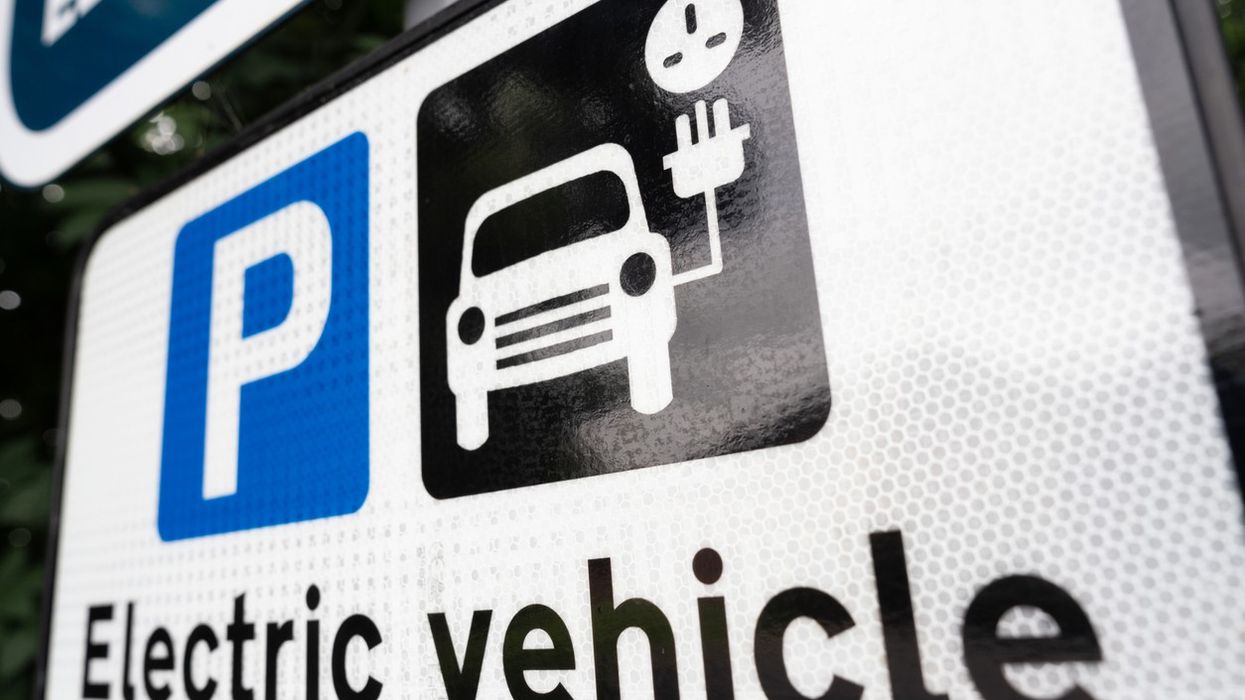XRP is renowned for its fast and low-cost transfers, making it a popular choice for cross-border payments. However, for a growing number of holders, XRP's long-term returns and stable performance are becoming more important than short-term price fluctuations.
Based on this trend, DOT Miners has launched cloud mining contracts supporting XRP. Users simply hold XRP and activate their hashrate, and the system automatically distributes profits daily, requiring no additional equipment or manual operation. The system automatically settles profits daily, allowing previously idle XRP to generate up to $9,700 in passive income daily.
How to start mining and earning with DOT Miners:
1: Visit the DOT Miners website and create your account - receive $15 free to start mining and earn $0.60 per day. 2: Securely connect your digital wallet address for fast deposits and withdrawals.
3: Flexibly choose a mining contract that suits your budget and schedule.
DOT Miners' latest mining contracts:
[Novice Miner] — $100 investment, 2 days — Principal + Profit: $107
[Entry-Level Miner] — $550 investment, 7 days — Principal + Profit: $596.97
[Professional Miner] — $3,100 investment, 20 days — Principal + Profit: $3,955.60
[Professional Miner] — $5,100 investment, 35 days — Principal + Profit: $7,723.95
[Top Miner] — $10,000 investment, 43 days — Principal + Profit: $16,708
[Top Miner] — $30,000 investment, 45 days — Principal + Profit: $54,165
[Quantum Miner] — $150,000 investment, 47 days — Principal + Profit: $291,000 USD
After purchasing a mining contract, please wait 24 hours for your profits to be automatically credited to your account. Upon contract expiration, your principal will be automatically returned to your account, and you can withdraw funds at any time to continue investing.
Why Choose DOT Miners
- Compliance Guarantee: The platform is registered and operated by the UK Financial Conduct Authority (FCA).
- Green Energy: 100% renewable energy, such as solar and hydroelectric power.
- Fund Security: SSL encryption and cold wallet storage provide security comparable to bank deposits.
- No Entry Requirements: No mining equipment or technical background is required.
- 24/7 customer support with an average response time of 1-3 minutes.
- Supports deposits and withdrawals in multiple currencies: BTC, ETH, XRP, SOL, DOGE, LTC, USDT, and other mainstream currencies.
- Referral Rewards: Enjoy the most generous affiliate program (3% + 1.5%), referral commissions, and bonuses up to $77,777 USD.
About DOT Miners:
DOT Miners is a globally renowned cloud mining service provider specializing in Bitcoin mining and blockchain infrastructure upgrades. We provide compliant and secure services to over 5 million users in over 100 countries.
With the support of Bitmain, we are also committed to promoting global financial education and financial inclusion, enabling people around the world to share in the opportunities of the digital economy.
Future-oriented, secure and sustainable mining:
In the cloud mining industry, security and trust are paramount. DOT Miners always prioritizes the security of user funds and information. By maintaining operational transparency and adhering to national compliance standards, we provide investors with solid protection, allowing them to focus on profitability.
In addition, all mining farms are powered by renewable energy, achieving carbon neutrality. This not only reduces environmental pollution but also increases sustainable returns for investors, allowing every participant to enjoy the dual benefits of wealth and environmental protection.
For more information, please visit the DOT Miners website or download the official app for easy access to services.












